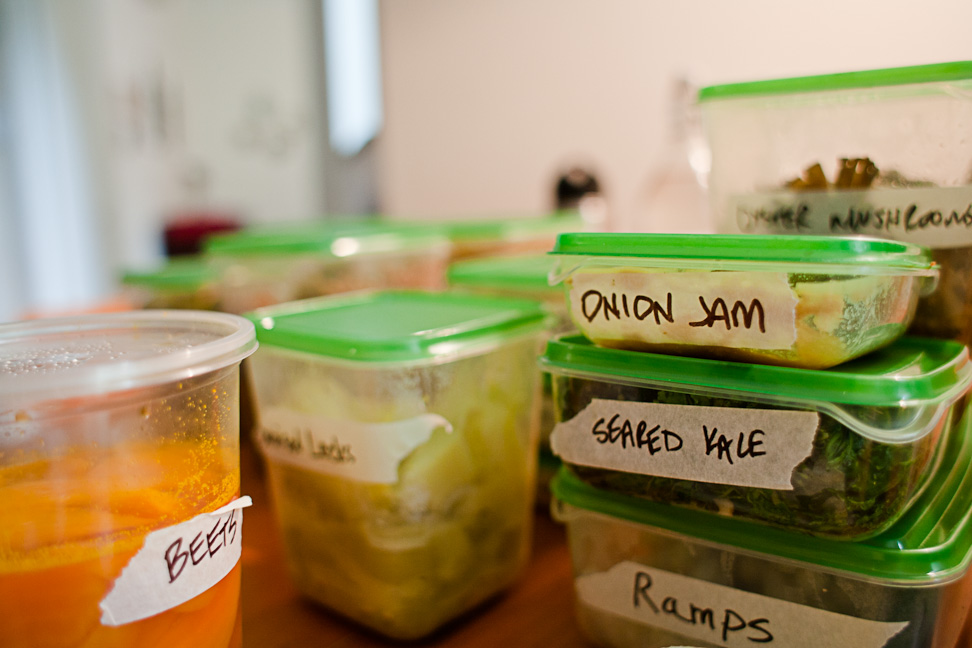 We’ve all been there: You load up at the Greenmarket, giddy with visions of weeknight feasts. Then life happens, and a week later, half of it is still uneaten, now as lackluster as the stuff trucked in from California.
We’ve all been there: You load up at the Greenmarket, giddy with visions of weeknight feasts. Then life happens, and a week later, half of it is still uneaten, now as lackluster as the stuff trucked in from California.
So when Park Slope chef Ronna Welsh launched her come-to-you cooking school last summer, her goal was not to teach special-occasion recipes, but rather an ingredient-driven philosophy that helps home cooks make the most of what they’ve bought, all week long.
Welsh’s classes—the basic five-hour workshops are $275 if you register with at least one other person; custom classes start at $125 per hour—are built on her experience in market-driven kitchens like Savoy and Rose Water. There, cooks fill quarts with prepped provisions like shelled-and-steamed lima beans, purple pickled shallots, reduced chicken stock or silky corn puree. Those at-the-ready ingredients—what the French call mise en place—are the professional chef’s secret weapon.
From Welsh’s perspective, locavore home cooks—like the CSA member who works till 7:00 p.m. but doesn’t want to dine on Trader José frozen organic bean burritos—should put the same principles to use.
She calls her approach “mise en place to plate,” and exhorts eaters not to wait till Tuesday night to start shelling favas and topping tomatoes. Instead, she says, add a post-market prep step. Blanch those beans or roast those Romas on Sunday, and they’ll be ready to toss over pasta or plate alongside poultry when you are hungry and in a hurry. (Not for nothing did Welsh, who occasionally writes for food magazines like Saveur, name her blog 2 Minutes to Dinner.)
It’s not cooking in bulk—some ginormous lasagne you’ll eat for days—nor is it meal planning. It’s the reverse, says Welsh, whose workshop participants receive a 30-page booklet of starter techniques that help them improvise on the fly.
So depending on what you haul home from the market, you might prep parsley puree, chile confit, pickled peaches or pulled pork. One day you slather braised leeks atop toast, the next your roasted tomatillos could become sauce, salsa or soup.
It’s a different kind of fast food and, best of all, it means never again having to find shriveled radishes and yellowing broccoli forgotten in the back of your fridge.
Photo credit: Noah Devereaux.



